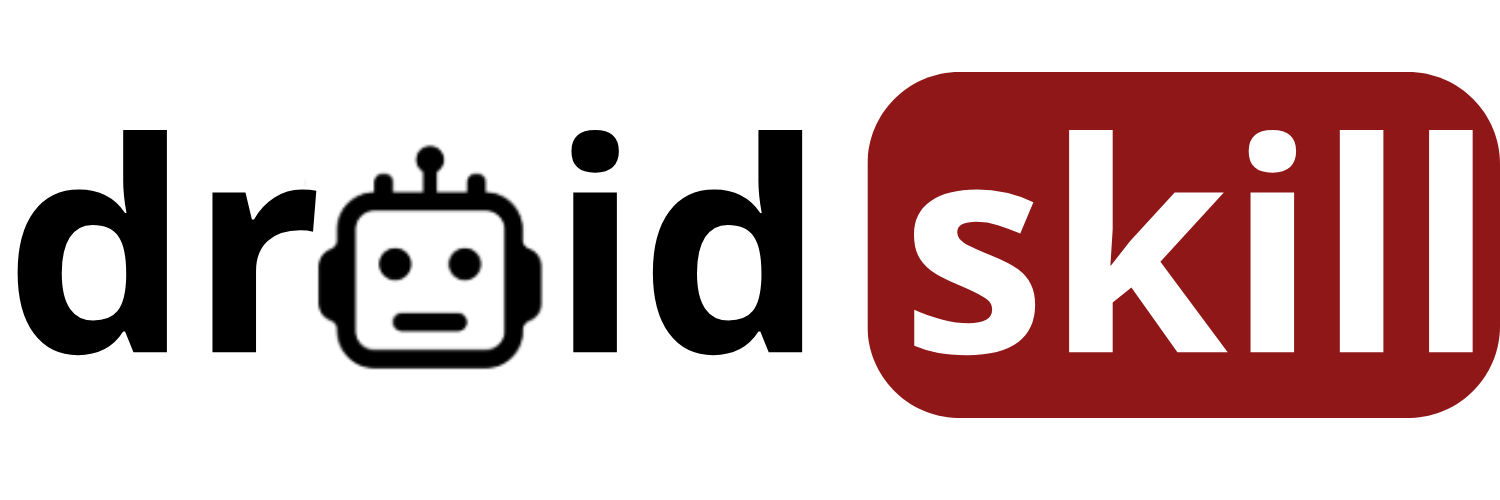In today's hyper-connected world, our smartphones have become indispensable tools. We rely on them for communication, entertainment, work, and even navigation. However, have you ever stopped to consider the potential health implications of spending so much time glued to your device? Could your phone be making you sick? Let's delve into some surprising health secrets you need to know to stay healthy in the digital age.
The Invisible Threat: Blue Light and Sleep Disruption
One of the most well-known concerns surrounding smartphone usage is the emission of blue light. This high-energy visible light is emitted by the screens of our phones, tablets, and computers. While blue light itself isn't inherently harmful, excessive exposure, especially in the evening, can disrupt our natural sleep-wake cycle, also known as the circadian rhythm.
Blue light suppresses the production of melatonin, a hormone that regulates sleep. When melatonin levels are low, it becomes harder to fall asleep and stay asleep, leading to insomnia, fatigue, and other sleep-related problems. Chronic sleep deprivation can have serious consequences for your overall health, increasing the risk of chronic diseases like diabetes, heart disease, and obesity.
Solutions:
- Use Blue Light Filters: Most smartphones and tablets have built-in blue light filters that reduce the amount of blue light emitted by the screen. Enable this feature in the evening to minimize its impact on your sleep.
- Download Blue Light Filtering Apps: Several apps, such as Twilight and Blue Light Filter, can automatically adjust the color temperature of your screen based on the time of day, further reducing blue light exposure.
- Avoid Screen Time Before Bed: Ideally, you should avoid using your phone or other electronic devices for at least an hour or two before bed. Engage in relaxing activities like reading a book, taking a bath, or listening to calming music instead.
The Germ Hotspot: Bacteria and Viruses on Your Phone
Think about all the places your phone goes with you throughout the day: your hands, your pockets, your bag, public transportation, and even the bathroom. Each time you touch a surface, your phone picks up bacteria and viruses. Studies have shown that smartphones can harbor more germs than a toilet seat! These germs can include bacteria like E. coli, Staphylococcus aureus, and even viruses like the flu and the common cold.
When you touch your phone and then touch your face, you're transferring these germs to your skin, increasing your risk of infection. This is especially concerning during cold and flu season, or during a pandemic like COVID-19.
Solutions:
- Clean Your Phone Regularly: Use a microfiber cloth and a disinfectant wipe specifically designed for electronics to clean your phone at least once a day. Avoid using harsh chemicals or abrasive cleaners, as these can damage the screen.
- Wash Your Hands Frequently: Wash your hands thoroughly with soap and water for at least 20 seconds, especially after using your phone in public places.
- Avoid Using Your Phone in the Bathroom: This is a breeding ground for germs, so it's best to leave your phone outside when you use the restroom.
The Posture Problem: Text Neck and Musculoskeletal Issues
Spending hours hunched over your phone can lead to a condition known as text neck. This occurs when you tilt your head forward to look at your screen, putting excessive strain on your neck muscles, ligaments, and vertebrae. Over time, this can lead to chronic neck pain, stiffness, headaches, and even nerve damage.
In addition to text neck, prolonged smartphone use can also contribute to other musculoskeletal problems, such as carpal tunnel syndrome, tendinitis, and back pain. These issues are often caused by repetitive movements and awkward postures.
Solutions:
- Maintain Good Posture: Hold your phone at eye level to avoid tilting your head forward. Keep your shoulders relaxed and your back straight.
- Take Breaks: Get up and move around every 20-30 minutes to stretch your neck, shoulders, and back.
- Use a Phone Stand: A phone stand can help you maintain good posture while using your phone for extended periods.
- Exercise Regularly: Strengthening your neck and back muscles can help prevent and alleviate text neck and other musculoskeletal problems.
The Mental Health Impact: Anxiety, Depression, and Addiction
While smartphones offer many benefits, they can also have a negative impact on our mental health. Studies have linked excessive smartphone use to increased rates of anxiety, depression, and addiction.
The constant stream of notifications, social media updates, and emails can be overwhelming and lead to feelings of stress and anxiety. Comparing yourself to others on social media can also trigger feelings of inadequacy and low self-esteem. Furthermore, the fear of missing out (FOMO) can drive you to constantly check your phone, even when you know you should be doing something else.
Smartphone addiction is a real problem, characterized by compulsive phone use, withdrawal symptoms when separated from the phone, and negative consequences for work, relationships, and health.
Solutions:
- Set Limits: Use apps or built-in features to track your screen time and set limits for specific apps.
- Turn Off Notifications: Reduce distractions and anxiety by turning off non-essential notifications.
- Practice Mindfulness: Be present in the moment and avoid mindlessly scrolling through your phone.
- Take Digital Detoxes: Schedule regular breaks from your phone and other electronic devices to reconnect with yourself and the world around you.
- Seek Professional Help: If you're struggling with smartphone addiction or mental health issues, don't hesitate to seek help from a therapist or counselor.
The Eye Strain Factor: Digital Eye Strain and Vision Problems
Staring at a smartphone screen for long periods can cause digital eye strain, also known as computer vision syndrome. Symptoms of digital eye strain include dry eyes, blurred vision, headaches, and neck pain.
When we focus on a screen, we tend to blink less frequently, which can lead to dry eyes. The blue light emitted by screens can also contribute to eye strain. In addition, prolonged screen time can increase the risk of developing myopia (nearsightedness), especially in children.
Solutions:
- Follow the 20-20-20 Rule: Every 20 minutes, look at something 20 feet away for 20 seconds. This helps to relax your eye muscles and reduce eye strain.
- Adjust Screen Brightness: Make sure your screen brightness is adjusted to match the ambient lighting in your environment.
- Use Artificial Tears: If you experience dry eyes, use artificial tears to lubricate your eyes.
- Get Regular Eye Exams: See an eye doctor regularly to check your vision and screen for any potential problems.
Practical Tips for a Healthier Relationship with Your Phone
Here are some additional tips to help you maintain a healthier relationship with your phone:
- Create Phone-Free Zones: Designate certain areas of your home, such as the bedroom and dining room, as phone-free zones.
- Use Your Phone Intentionally: Before reaching for your phone, ask yourself why you're doing it. Are you bored, stressed, or simply looking for a distraction?
- Engage in Offline Activities: Spend time doing things you enjoy that don't involve your phone, such as reading, exercising, spending time with loved ones, or pursuing hobbies.
- Be Mindful of Your Social Media Consumption: Unfollow accounts that make you feel bad about yourself and focus on content that inspires and uplifts you.
- Prioritize Real-Life Connections: Make an effort to connect with people in person rather than just online.
By being mindful of the potential health risks associated with smartphone use and taking steps to mitigate them, you can enjoy the benefits of technology without sacrificing your well-being. Remember, moderation is key. Use your phone wisely and prioritize your health and happiness.
Let's explore some applications that can help you manage your phone usage and promote healthier habits:
1. Digital Wellbeing
Digital Wellbeing is a Google app designed to help you understand your phone usage habits and set limits. It provides insights into how much time you spend on different apps, how often you check your phone, and how many notifications you receive. With this information, you can make informed decisions about how to use your phone more mindfully.
The app allows you to set daily timers for specific apps, so you can limit your time on social media or other distracting apps. It also features a Wind Down mode that gradually dims your screen and enables Do Not Disturb mode in the evening to help you prepare for sleep. Digital Wellbeing is a valuable tool for anyone who wants to take control of their phone usage and improve their overall well-being.
Download Digital Wellbeing from the Play StoreSearch Digital Wellbeing on Play Store
2. Forest: Stay Focused
Forest is a unique productivity app that helps you stay focused by gamifying the process. When you want to concentrate on a task, you plant a virtual tree in the app. As long as you stay focused and avoid using your phone, the tree will grow. If you leave the app to use other apps, the tree will wither and die.
The app encourages you to stay focused by providing a visual representation of your progress. Over time, you can grow a virtual forest of trees, representing your focused work sessions. Forest is a fun and effective way to overcome phone addiction and improve your productivity.
Download Forest: Stay Focused from the Play StoreSearch Forest Stay Focused on Play Store
3. Twilight
Twilight is a blue light filter app that adjusts the color temperature of your screen based on the time of day. As the sun sets, the app gradually reduces the amount of blue light emitted by your screen, replacing it with warmer colors. This helps to minimize the impact of blue light on your sleep and reduce eye strain.
The app allows you to customize the color temperature and intensity of the filter to suit your preferences. You can also set a schedule for the filter to automatically activate and deactivate based on your local sunrise and sunset times. Twilight is a simple but effective way to protect your eyes and improve your sleep quality.
Download Twilight from the Play StoreSearch Twilight on Play Store
4. Headspace: Meditation & Sleep
Headspace is a meditation and mindfulness app that offers guided meditations, sleep stories, and relaxing music to help you reduce stress, improve sleep, and enhance your overall well-being. The app features a wide range of content for beginners and experienced meditators alike.
Headspace can help you develop a regular meditation practice, which can reduce anxiety, improve focus, and promote emotional well-being. The app's sleep stories and relaxing music can also help you fall asleep faster and stay asleep longer. Headspace is a valuable tool for anyone who wants to improve their mental and emotional health.
Download Headspace: Meditation & Sleep from the Play StoreSearch Headspace Meditation & Sleep on Play Store
5. Stand Up!™ - Get Active
Stand Up!™ is a simple reminder app that encourages you to take breaks from sitting and move around throughout the day. The app sends you notifications at regular intervals, reminding you to stand up, stretch, and walk around. Prolonged sitting can have negative health consequences, such as increased risk of heart disease, diabetes, and obesity.
Stand Up!™ helps you break up long periods of sitting and incorporate more movement into your day. The app is customizable, allowing you to set the frequency and duration of the reminders. It's a simple but effective way to improve your physical health and reduce the risks associated with sedentary behavior.
Download Stand Up!™ - Get Active from the Play StoreSearch Stand Up!™ - Get Active on Play Store
By incorporating these apps into your daily routine, you can take proactive steps to manage your phone usage, improve your health, and enhance your overall well-being. Remember, your phone should be a tool that empowers you, not a source of stress or health problems.


